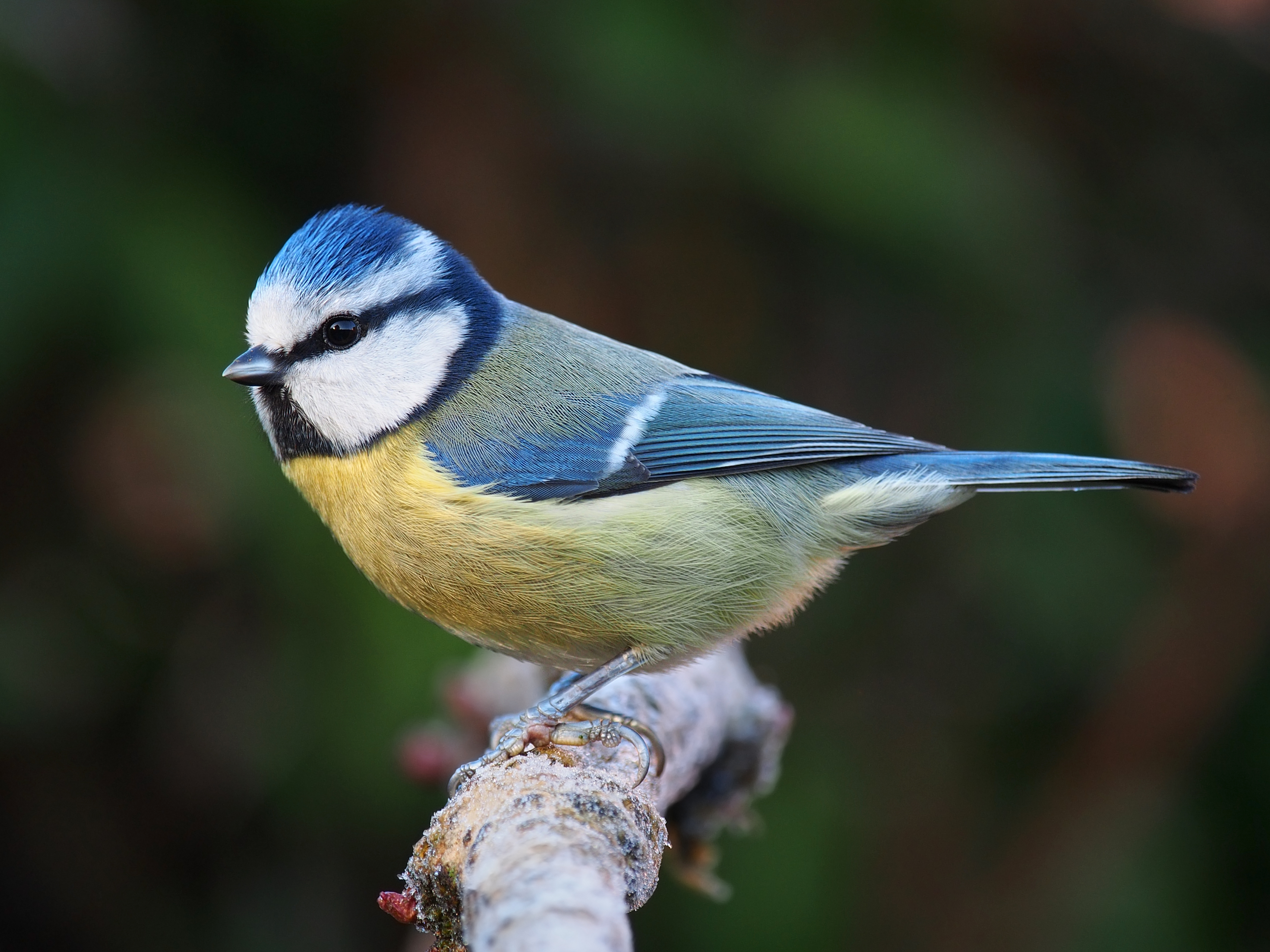
"Handbook of the Birds of
the World" (HBW) is a 16-volume mega-encyclopedia and reference work,
covering all 9,000 bird species known to science. It took almost 20 years to
publish. Interestingly, the publishing house (Lynx Edicions) is based in Spain.
The HBW is only available in English, though. Lynx Edicions have also begun to
publish a kind of quasi-official sequel to this series, known as "Handbook
of the Mammals of the World" (HMW). I suppose their office workers don't
have to worry about the Spanish finance crises! Guys, you have guaranteed
employment until at least 2020. I'm jealous.
This is volume 12 of the HBW, covering 15 passerine families, the most well
known being the Paridae (tits and chickadees). Despite their small size, tits
have the reputation for being one of the most intelligent bird groups, after
parrots and corvids. Otherwise, this volume contains chapters on birds with
funny names like Babblers, Jewel-babblers and Australasian Babblers. Were they
really named by bird-lovers, I wonder? The most comic part of the book deals
with Pseudopodoces humilis, once assumed to be the smallest corvid in the
world, until DNA tests showed that its really the largest parid in the world!
Since some people can't tell the difference between a crow and a tit, I wonder
what's next? What could a DNA test on the birds in your backyard possibly
disclose? Alien genes?
Each volume of the HBW also contains a special chapter about some specific
aspect of ornithology. This volume has an extensive section on fossil birds. For
those tired of living, babbling birds? Apart from well-known fossil species
(Archaeopteryx and so on), we meet the Messelirrisor (a hoopoe from Eocene),
Mancalla (an auk from Pliocene), a megapode known simply as the Du, the
condor-like Teratornis and the La Brea Condor, which actually was a condor. And
countless of others!
Each volume of the HBW is extremely expensive and (I presume) something of a
status symbol in the world of bird-watchers and bird-lovers. If I ever get a
slush fund on the Cayman Islands, I'll make sure to procure all 16 volumes of
this extraordinary work.

.jpg)
